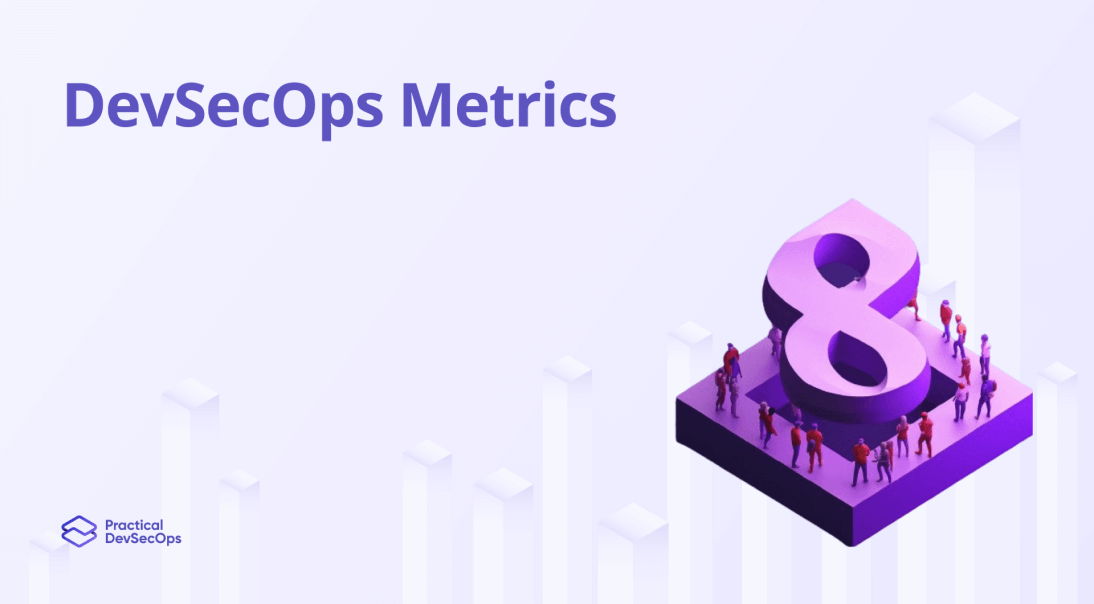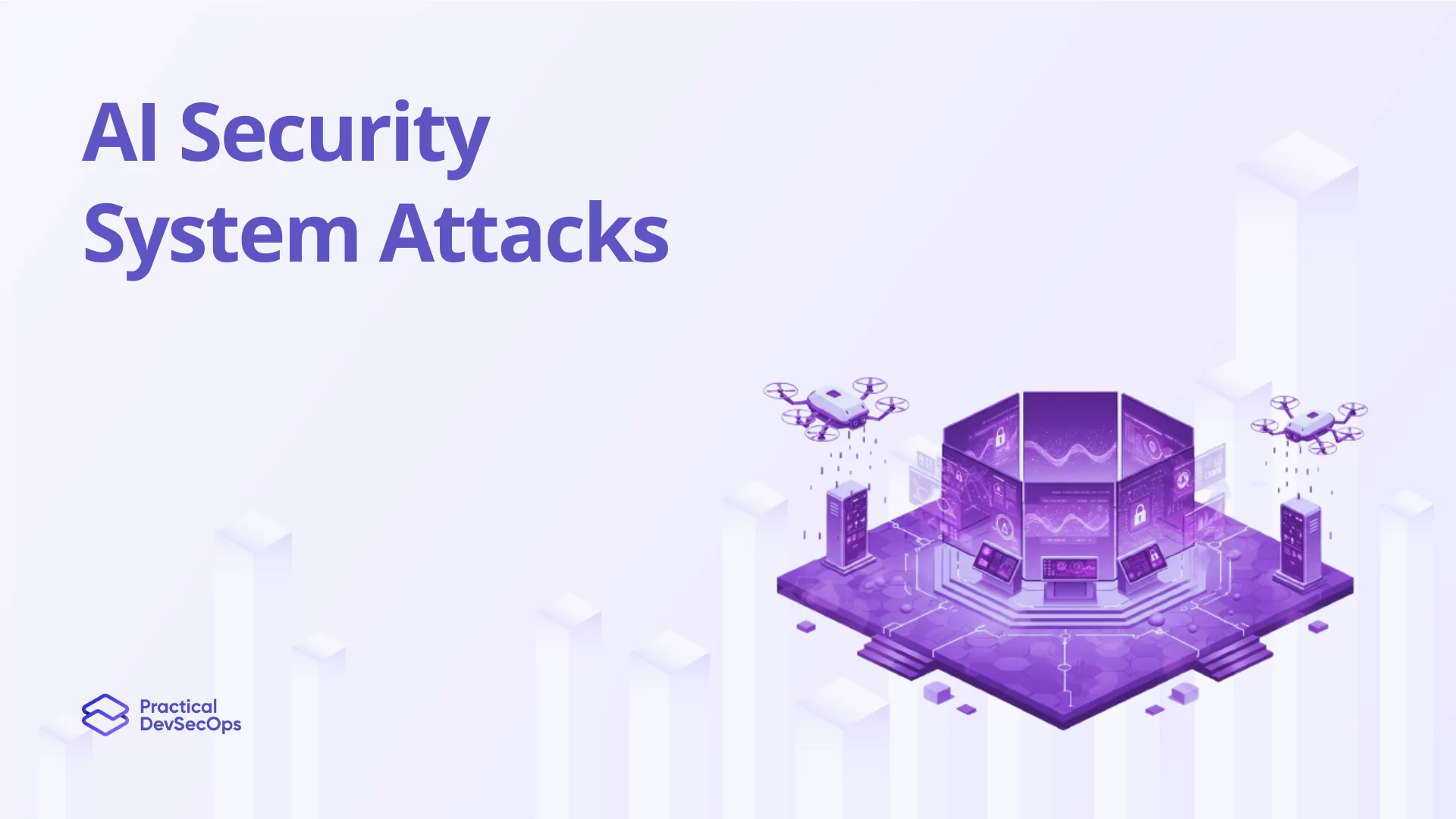With the growing importance of integrating security into the DevOps process, DevSecOps has emerged as a holistic approach to software development and delivery. To ensure the effectiveness of DevSecOps practices, it is crucial to measure and track security metrics throughout the development lifecycle. In this article, we will explore the significance of DevSecOps metrics and discuss key metrics that organizations should consider.
Understanding DevSecOps Metrics
DevSecOps is a cuxltural shift that integrates security practices into the software development process. By implementing relevant metrics, organizations can measure and track their security posture, identify areas of improvement, and make data-driven decisions to enhance their security practices.
Benefits of DevSecOps Metrics
- Improved Security Visibility: Metrics provide visibility into the effectiveness of security controls throughout the development lifecycle. This visibility helps organizations identify vulnerabilities or weaknesses, prioritize remediation efforts, and make informed decisions to strengthen their security posture.
- Enhanced Collaboration: Sharing metrics across development, operations, and security teams fosters transparency and collaboration. Teams can collectively assess their performance, align objectives with security goals, and collaborate to address security gaps effectively.
- Continuous Improvement: DevSecOps metrics enable organizations to drive continuous improvement in their security practices. By measuring and analyzing key metrics, organizations can identify trends, establish baselines, and track progress over time, leading to proactive security enhancements.
Also Read, Best DevSecOps Certifications
Key DevSecOps Metrics
1. Mean Time to Detect (MTTD) and Mean Time to Remediate (MTTR)
- MTTD: Measures the average time taken to detect security incidents or vulnerabilities. It indicates the efficiency of security monitoring, detection systems, and incident response processes.
- MTTR: Measures the average time taken to remediate or mitigate security incidents or vulnerabilities. It highlights the effectiveness of incident response, patching, and vulnerability management practices.
2. Number of Security Vulnerabilities
- Quantifies the number of vulnerabilities identified in the development process. Helps track trends in the identification and remediation of vulnerabilities, ensuring that security flaws are addressed promptly.
Also Read, DevSecOps Best Practices
3. Code Review Findings
- Measures the number and severity of security issues discovered during code reviews. It indicates the effectiveness of secure coding practices, code analysis tools, and developer awareness in mitigating code-level vulnerabilities.
Also Read, How to Start Learning DevSecOps
4. Deployment Frequency
- Measures the frequency of software deployments. It helps identify if security practices are being integrated seamlessly into each deployment cycle and highlights the ability to deliver secure software at a fast pace.
Also Read, Best DevSecOps Tools
5. Security Test Coverage
- Evaluates the extent to which security testing is performed throughout the development process. It indicates the thoroughness of security assessments, penetration testing, and vulnerability scanning, ensuring comprehensive coverage of security assessments.
Example: Imagine an organization measures its DevSecOps metrics and finds that their MTTD is high, indicating a delay in detecting security incidents. By analyzing this metric, they identify the need for better monitoring tools and process improvements. Over time, they decrease MTTD, enabling faster incident detection and response.
How to Implement DevSecOps Metrics in Your Organization
Implementing DevSecOps metrics effectively requires a structured approach and collaboration across teams.
Step-by-Step Implementation Guide
- Define Objectives: Establish clear objectives for what you want to achieve with DevSecOps metrics, such as improving security posture, enhancing incident response, or fostering collaboration.
- Identify Key Metrics: Select metrics that align with your objectives and are relevant to your development and security processes.
- Set Baselines and Targets: Determine current performance levels for each metric and set realistic targets for improvement.
- Integrate Metrics into Workflows: Embed the collection and analysis of metrics into your existing DevSecOps workflows to ensure continuous monitoring and reporting.
- Use Automation Tools: Leverage automation tools to collect data, generate reports, and provide real-time insights into security metrics.
- Foster a Metrics-Driven Culture: Encourage a culture of data-driven decision-making by regularly reviewing and discussing metrics with all stakeholders.
The Role of Automation in DevSecOps Metrics
Automation is a crucial component in the collection, analysis, and reporting of DevSecOps metrics.
Automation Tools and Techniques
- Continuous Integration/Continuous Deployment (CI/CD) Pipelines: Integrate security checks and metrics collection into CI/CD pipelines to ensure continuous monitoring.
- Static Application Security Testing (SAST): Automate code scans to identify vulnerabilities during the development phase.
- Dynamic Application Security Testing (DAST): Use automated tools to test the security of applications in a runtime environment.
- Security Information and Event Management (SIEM): Implement SIEM systems to monitor, detect, and respond to security incidents in real-time.
- Automated Reporting Dashboards: Create dashboards that display real-time metrics and trends, enabling quick analysis and decision-making.
Challenges in Measuring DevSecOps Metrics and How to Overcome Them
Measuring DevSecOps metrics can be challenging due to various factors.
Common Challenges and Solutions
- Data Silos: Metrics data may be scattered across different systems and teams.
- Solution: Implement a centralized platform for metrics collection and reporting to ensure data consistency and accessibility.
- Metric Overload: Too many metrics can overwhelm teams and obscure critical insights.
- Solution: Focus on a few key metrics that align with your objectives and provide actionable insights.
- Resistance to Change: Teams may resist the adoption of new metrics and processes.
- Solution: Communicate the benefits of metrics and involve teams in the selection and implementation process to gain their buy-in.
Real-World Case Studies: DevSecOps Metrics in Action
Examining how other organizations have successfully implemented DevSecOps metrics can provide valuable insights and inspiration.
Case Study: Tech Firm Enhances Security Visibility
- A tech company integrated DevSecOps metrics into their CI/CD pipelines, leading to a 30% reduction in security incidents. By tracking MTTD and MTTR, they improved their incident response times significantly.
Case Study: Financial Services Company Improves Collaboration
- A financial services firm used security metrics to foster collaboration between development, operations, and security teams. This resulted in a 40% decrease in the number of vulnerabilities detected post-deployment.
Conclusion
DevSecOps metrics play a vital role in measuring security effectiveness, fostering collaboration, and enabling continuous improvement. By tracking metrics such as MTTD, MTTR, number of vulnerabilities, code review findings, deployment frequency, and security test coverage, organizations can gain valuable insights into their security performance. This enables them to enhance their security practices, proactively address vulnerabilities, and deliver high-quality, secure software.
Also read, Why DevSecOps is a Good Career Option?
Interested in Upskilling in DevSecOps?
Practical DevSecOps offers an excellent Certified DevSecOps Professional (CDP) course with hands-on training through browser-based labs, 24/7 instructor support, and the best learning resources to upskill in DevSecOps skills.
Start your team’s journey mastering DevSecOps today with Practical DevSecOps!
Frequently Asked Questions (FAQs)
Why are DevSecOps metrics important?
DevSecOps metrics are crucial for measuring the effectiveness of security practices, identifying areas for improvement, and ensuring continuous enhancement of security posture throughout the software development lifecycle.
What are the most important DevSecOps metrics to track?
Key metrics include Mean Time to Detect (MTTD), Mean Time to Remediate (MTTR), the number of security vulnerabilities, code review findings, deployment frequency, and security test coverage.
How can I start implementing DevSecOps metrics in my organization?
Begin by defining clear objectives, identifying key metrics, setting baselines and targets, integrating metrics into workflows, using automation tools, and fostering a metrics-driven culture.
What tools are recommended for collecting and analyzing DevSecOps metrics?
Recommended tools include CI/CD pipelines for continuous monitoring, SAST and DAST for automated security testing, SIEM systems for incident detection, and automated reporting dashboards for real-time insights.
How can automation enhance the effectiveness of DevSecOps metrics?
Automation ensures continuous and consistent collection of metrics, enables real-time analysis, and reduces the manual effort required for monitoring and reporting, thereby enhancing the overall effectiveness of DevSecOps metrics.
What are the common challenges in implementing DevSecOps metrics?
Common challenges include data silos, metric overload, and resistance to change. These can be overcome by centralizing data, focusing on key metrics, and involving teams in the implementation process.







0 Comments